A DAY IN THE GYM WITH PAUL: CHEK Institute + Place of Chi
Happy Friday to You!
I had a great day teaching A Day In The Gym With Paul Chek at Place Of Chi functional gym here in Sydney.
If you’d like to see the upcoming list of my workshops, you are welcome to visit www.placeofchi.com.
Here you can see me explaining the importance of optimal breathing during lifting.
I taught my students about the diaphragm and its primary function as a breathing muscle, and its secondary function as a stabilizer muscle.
Learning to regulate your breathing is an effective means of regulating the activity in your stabilizers because all bodily systems are ultimately support systems for breathing.
If our breathing is faulty, our ability to stabilize typically reflects our inability to use our diaphragm and secondary breathing muscles effectively. (see Dan Hellman’s “Heavy Breathing” lecture from Idea on DVD!for more information on the basics of breathing and movement). Or you can attend my upcoming CHEK Institute webinar October 17, 3pm PDT: Essentials of Respiration and Movement
And for those of you who want to attend my upcoming live seminar in Sydney, The Art and Science of Breathing and Movement Nov 2, where I’ll go much deeper into critical corrective breathing assessment, you can register with www.placeofchi.com
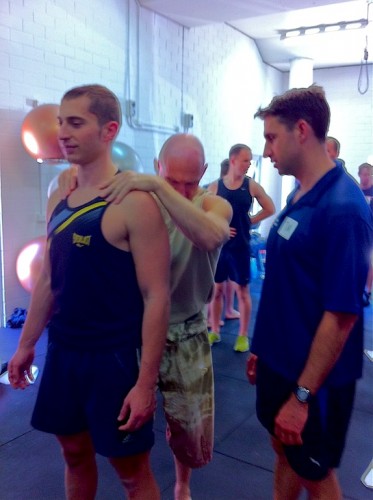
Here you can see me teaching my students how to perform the shoulder compression test. By asking someone to assume (their idea of) good posture and then applying a downward pressure of a few pounds on their shoulders, you can feel where they are unable to stabilize the load.
This information guides the therapist/coach/trainer as to where to look to determine what joints, muscles, organs or glands need corrective therapy to restore optimal stability.
The test is also used to teach people how to feel their postural imbalances and correct them themselves so they gain practical knowledge of how to better use their own bodies.
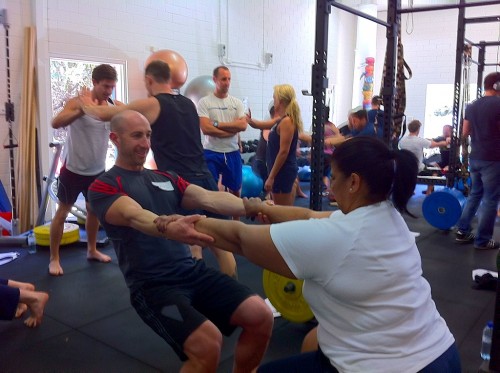
I often use a variety of partner exercises to teach important aspects of resistance training and body control.
Here we are learning about how to adapt to the other person’s natural rhythm of movement by listening with the senses to what the partner needs for support while at the same time, listening within to see what you must do to support yourself in the process.
These exercises can be quite challenging for people, but they are also fun and rewarding learning experiences.
My Day As Art:
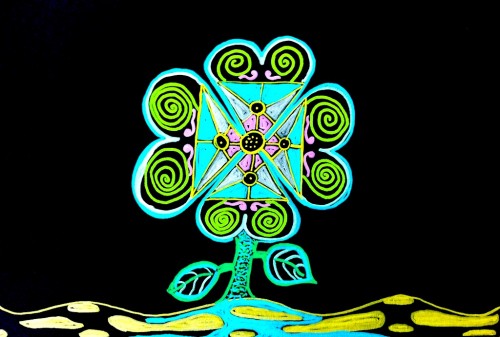
One of my personal practices is to draw my feelings, which I often do at the end of a teaching day or a course. This is the art I drew last night to express what came through me as I was teaching yesterday.
I find that by expressing my emotions artistically, I can become aware of what is moving through me. That way, I don’t have to wait until I have pent-up emotional energy triggering me to act in ways that don’t reflect my values.
If I feel negative emotions rising, I take advantage of the present moment to create something beautiful out of them.
This practice become more and more natural until you can do it as the challenging emotions are arising without a pen or paper, just through awareness.
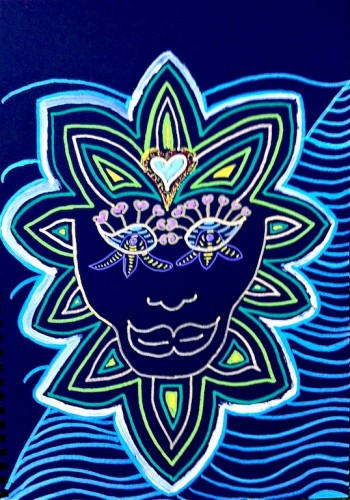
After a great dinner of biodynamic lamb’s heart and kidney, and a mix of lovely vegetables, I had this vision come to me. It represents being aligned with my Higher-Mind or intuitive mind.
Today I will be teaching Scientific Core Conditioning, which is a two-day course and per-requisite for CHEK Exercise Coach. The students are quite motivated to learn, which makes it fun.
I hope you all have a beautiful weekend.
Don’t forget that you can draw your emotions as a means of feeling them in a safe environment.
Once they come out the way they feel, you can use your creativity to create beauty on the paper where you see something that isn’t as beautiful as you’d have liked it to be!
Love and chi,
Paul Chek

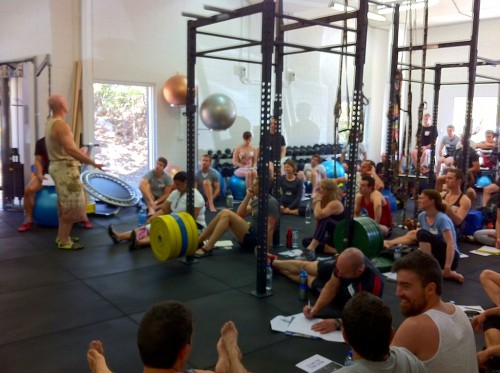
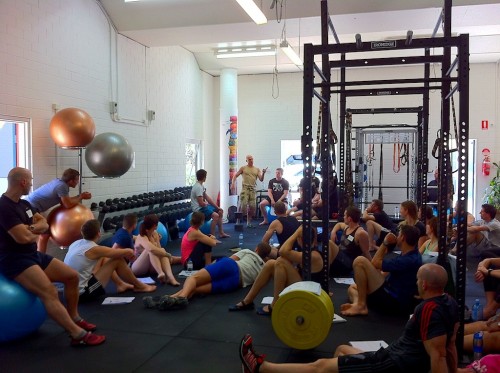

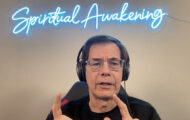


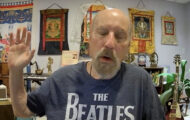








Find me on the web